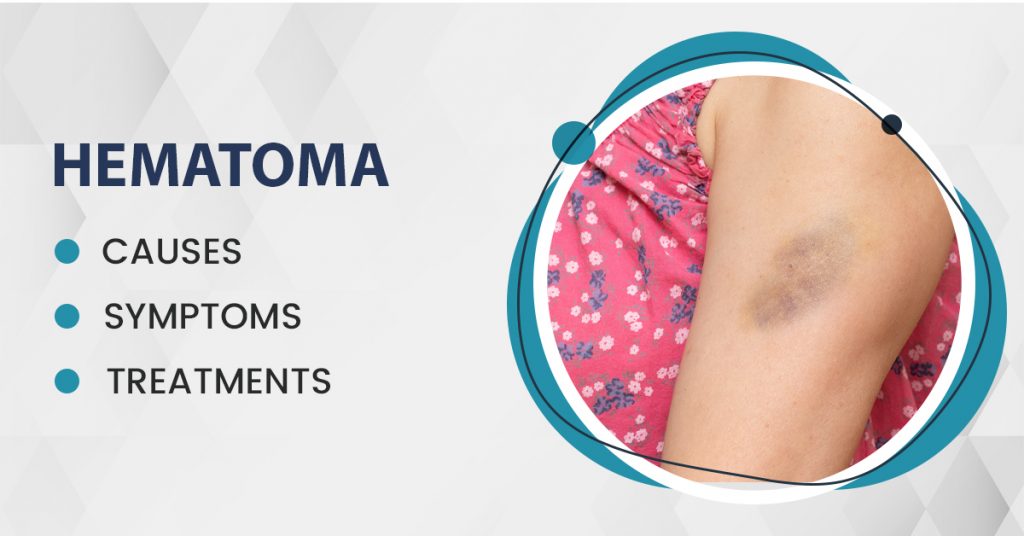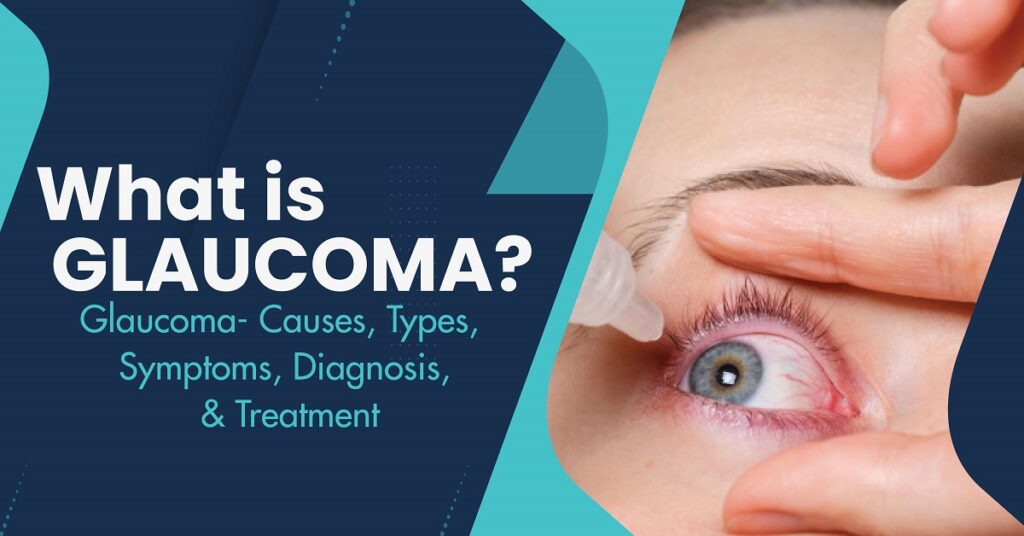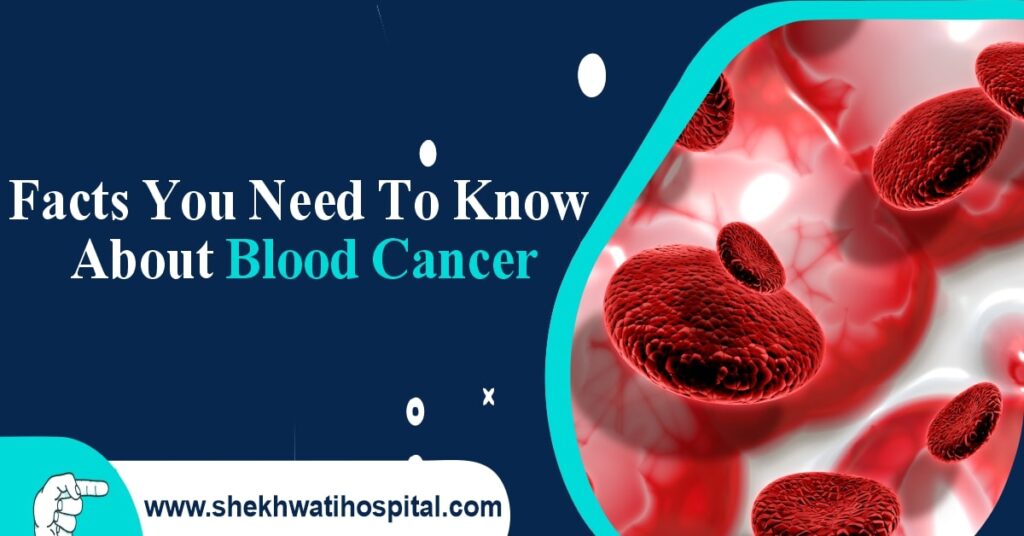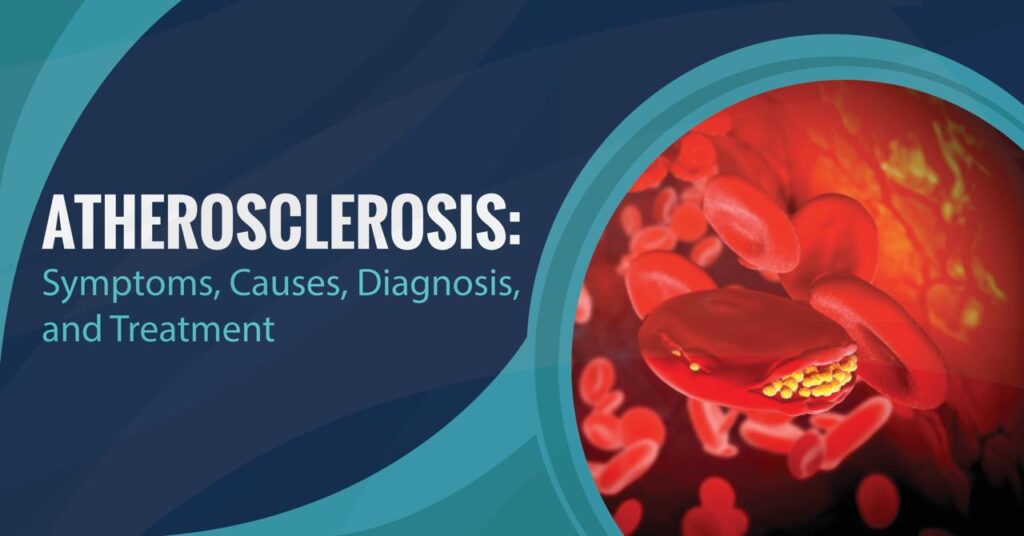What is a Hematoma?
A hematoma is blood gathering outside of the blood vessels that cause discomfort, swelling, and disfiguring bruising. Some hematomas can harm internal organs, cause skin and tissue damage, and necessitate medical intervention.
Hematomas can occur when any type of blood vessel is injured, including arteries, veins, and small capillaries. Traumas such as vehicle accidents, head injuries, falls, aneurysms, and bone fractures can all result in hematomas. Hematomas are more likely to form in people with certain medical problems such as hemophilia, blood malignancies, and liver illness.
Hematoma is a common condition that many people face at some point in their lives. Under the skin or on the nails, bruises appear as purple bruises of varying sizes. Skin bruises are commonly referred to as contusions. A bruise may not be visible because it is deep within the body. It is not uncommon for hemostasis to produce a lump or mass that is feelable. Depending on where a hemorrhage is found, it is sometimes called by a specific name. Here are a few examples:
- Subdural hematoma: A hematoma is a blood clot between brain tissue and the lining of the brain.
- Spinal epidural hematoma: a hematoma between the spinal vertebrae and the spinal cord’s outer lining
- Intracranial epidural hematoma: a hematoma between the skull and the brain’s outer lining
- Subungual hematoma: Underneath the nail, there is a hematoma.
- Intra-abdominal, peritoneal, or retroperitoneal hematoma: an internal hematoma in the abdominal cavity
- Ear or aural hematoma: a hematoma involving the ear cartilage and the skin above it
- Splenic hematoma: the presence of a hematoma in the spleen
- Hepatic hematoma: the presence of a hematoma in the liver
What Are the Differences Between Bruises and Hematomas?
Bruises form when small blood vessels are damaged and blood leaks into the tissues beneath the skin. Hematomas, on the other hand, are greater leaks from larger blood arteries that cause blood to pool and can occur deeper in the body than broids.
Hematomas differ from bruises in that a bruise is flat and causes the affected area of the skin to turn black and blue. Meanwhile, a hematoma causes a painful bump on the skin that might be red, black, blue, or purple if the hematoma is visible.
Hematomas differ from bruises in terms of intensity and duration. Hematomas might remain a month or longer, but most bruises wear away within a few days to weeks. Hematomas can cause more severe and long-term pain than bruising.
Causes of hematoma:
Blood can flow into the surrounding tissue when a blood artery ruptures or is wounded, where it pools and forms a hematoma. Trauma or injury is the most prevalent cause of a hematoma. A bruise can be caused by a little injury to small blood vessels, such as capillaries in the skin. Larger veins can result in greater bleeding (hemorrhage) and larger hematomas, and head injuries can result in a hematoma forming inside the skull, compressing the brain.
Hematomas can also develop if your blood is unable to clot properly due to a coagulation condition, anticoagulant medicines, or a chronic disease.
Common causes of hematoma
A hematoma can be produced by several things, including:
- Warfarin (Coumadin) and heparin are anticoagulant medicines.
- Chronic diseases may necessitate a blood draw technique (venipuncture) or the implantation of an intravenous catheter.
- Hemophilia and Von Willebrand’s disease are examples of coagulation abnormalities (hereditary bleeding disorder)
- a lack of platelets (platelets are part of the normal blood clotting process)
- Injury or a traumatic event
Certain blood thinners can increase the chances of a hematoma forming. People who take Coumadin (warfarin), Plavix (clopidogrel), aspirin, Persantine (dipyridamole), or aspirin-containing products (like Alka Seltzer) are more likely to develop a hematoma and have less severe blood vessel injury than others.
Because these drugs affect the blood’s ability to clot, modest blood vessel damage becomes more difficult to repair, resulting in hematoma formation.
Other drugs and substances that may cause excessive bleeding include:
- vitamin E,
- NSAIDs, or nonsteroidal anti-inflammatory medications, such as ibuprofen (Motrin, Advil, Aleve),
- garlic supplements, and
- Ginkgo biloba.
Symptoms of Hematoma:
Symptoms of more superficial hematomas include:
- discoloration
- inflammation and swelling
- tenderness in the area
- redness
- warmth in the skin surrounding the hematoma
- Pain
Internal hematomas might be difficult to detect. Anyone who has been in an accident or experienced a significant injury should see a doctor regularly to have hematomas checked.
Hematomas in the brain are especially deadly. Even if you’ve seen a doctor about an injury, keep an eye out for new symptoms like:
- a severe, worsening headache
- uneven pupils
- difficulty moving an arm or leg
- hearing loss
- difficulty swallowing
- sleepiness
- drowsiness
- loss of consciousness
Risks of Hematoma:
The chance of acquiring a hematoma is increased by several variables. Hematoma can be caused by many factors, including:
- Intracranial and intracerebral (brain) aneurysms are two types of aneurysms.
- Therapy with anticoagulants, antiplatelets, or aspirin to prevent blood clots
- Bleeding disorders, such as hemophilia
- Blood vessel disorders or damage
- Heavy alcohol use
- Injuries caused by direct force or by explosions/blasts
- Bleeding may be made worse by liver disease
- As people get older, their skin and blood vessels grow more vulnerable.
a lack of platelets - Surgery
- Vitamin K insufficiency is an example of a vitamin deficit (vitamin K is necessary for blood clotting)
Diagnosis of Hematoma:
A hematoma examination comprises a physical examination as well as a thorough medical history. There are no specific blood tests for evaluating a hematoma in general.
However, depending on the situation, tests such as a complete blood count (CBC), coagulation panel, chemistry and metabolic panel, and liver tests may be beneficial in examining a person with a hematoma and establishing whether any underlying disorders are responsible for the hematoma formation.
Imaging techniques are commonly used to diagnose hematomas within the body.
- A computed tomography (CT) scan of the head can be used to diagnose a subdural hematoma.
- If a hematoma in the abdominal cavity (intra-abdominal, hepatic, splenic, retroperitoneal, peritoneal) is suspected, a CT scan of the abdomen is a suitable test.
- A magnetic resonance imaging (MRI) scan is more accurate than a CT scan in detecting epidural hematomas.
When to See the Doctor for Hematoma?
If the symptoms of a hematoma are severe or the size of the hematoma continues to grow, medical attention should be sought. Hematomas in the brain (subdural) and epidural hematomas, for example, usually require immediate medical and surgical intervention, especially if they are coupled with neurologic issues.
Emergency department physicians, urgent care physicians, surgeons, neurosurgeons, and internal medicine doctors are the most common clinicians who treat hematoma patients.
Home remedies for Treating hematoma:
Contusions are the most common cause of cutaneous hematomas, which can be treated with rest, cold, compression, and elevation (RICE). They will eventually be resolved. Immobilization of the damaged body part for a few days, depending on the location, may hasten recovery, but there must be a balance between healing and maintaining the affected body part’s range of motion.
Contusions are the most common cause of cutaneous hematomas, which can be treated with rest, cold, compression, and elevation (RICE). They will eventually be resolved. Immobilization of the damaged body part for a few days, depending on the location, may hasten recovery, but there must be a balance between healing and maintaining the affected body part’s range of motion.
Patients using blood thinners, for example, should avoid ibuprofen because of the risk of stomach bleeding, while patients with liver illness should carefully monitor their acetaminophen intake.
Treatment of Hematoma:
A hematoma may not require treatment in some instances. The blood from the hematoma is normally absorbed by the body over time.
Rest the wounded area and apply an ice pack wrapped in a towel to relieve any pain or swelling from a hematoma under the skin, nail, or other soft tissue.
Wrapping or splinting the area around the hematoma may help prevent the blood vessel from reopening while it heals. If this is essential, a doctor will give you detailed instructions on how to perform it.
If the injury is painful, doctors may prescribe over-the-counter or prescription pain medications. They would normally advise a person to stay away from certain pain medicines, such as aspirin because they thin the blood and can exacerbate the hematoma.
A hematoma may require surgical drainage in some cases. If blood is placing pressure on the spinal cord, brain, or other organs, surgery may be necessary. Doctors may decide to remove a hematoma that is in danger of infection in other instances.
Even though the hematoma is inside the skull, surgical therapy may not be required in all situations. The hematoma may continue to expand in rare circumstances when the injured blood vessel continues to leak blood. The outcome is a mixture of old and fresh blood, which specialists will have to extract.









